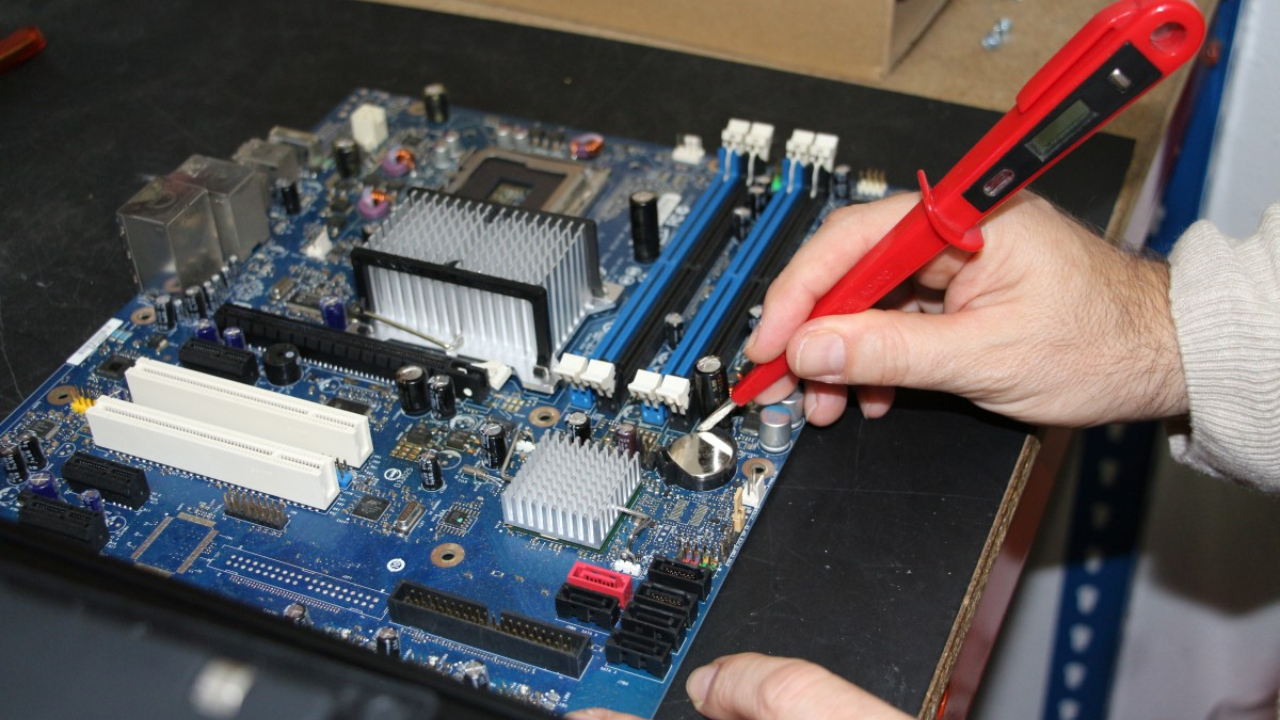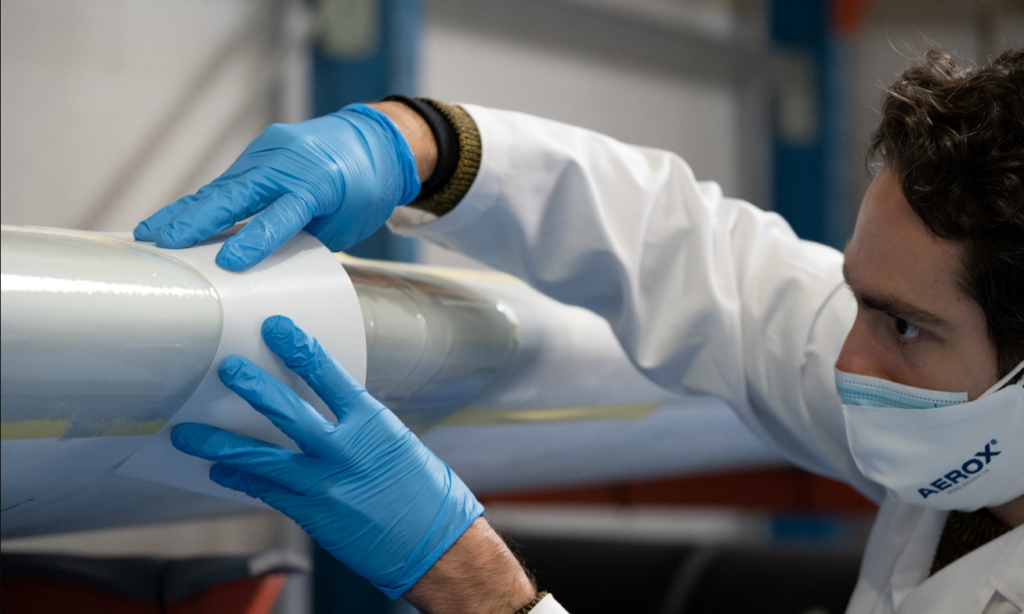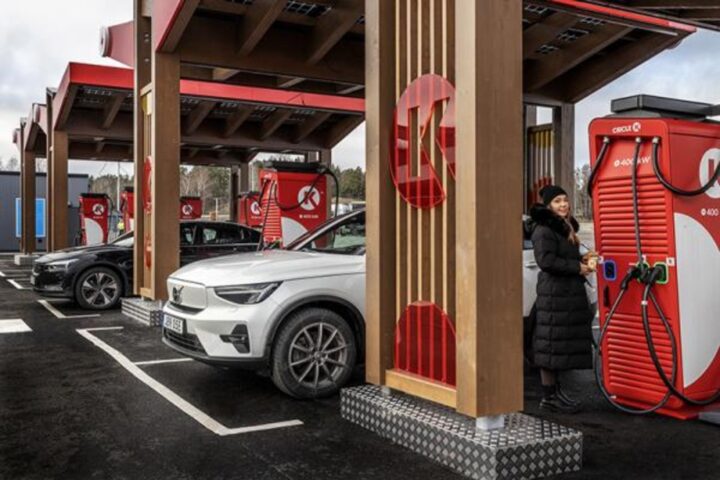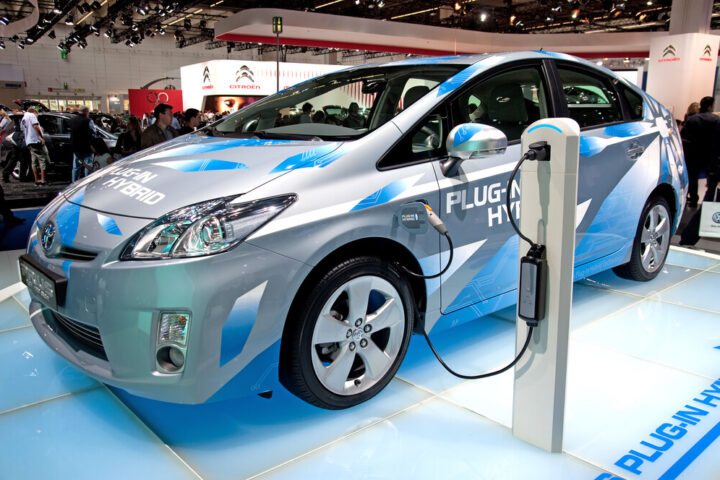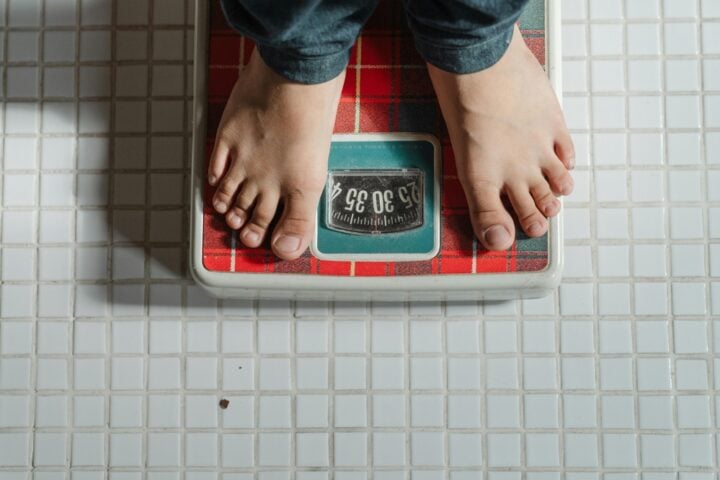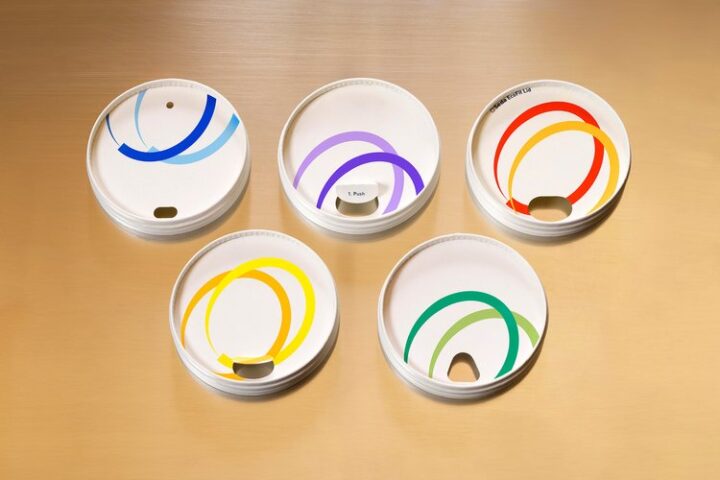According to the latest Open Repair Alliance report, approximately 96% of products have no guaranteed right to repair. With EU Directive 2024/1799 that came into force last July 30, a simple principle was introduced in Europe: broken products should not be replaced, but repaired. The analysis is based on 208,491 repair attempts of electrical and electronic items from 19,986 events.
The directive, which must be implemented by member states by 2026, was created to make repairs simpler and more economical but risks remaining just on paper according to the Open Repair Alliance, especially for certain product categories. While manufacturers of appliances and electronic devices are obligated to repair both defective and worn devices that are technically repairable (as indicated in a specific EU list), consumers face practical difficulties every day. This particularly affects appliances for which there are no repair protections, partly due to slowly advancing regulations.
The appliance most frequently brought to repair cafés or events is the vacuum cleaner, which isn’t covered by the EU directive, and which sees more than 1 in 5 failures related to the power cord. Current draft regulations for this specific appliance propose that some spare parts can be made available to professional repairers only for 5 years after a model is withdrawn from the market. This is too short considering that most consumers keep their vacuum cleaners well beyond 5 years. Among the most difficult repairs, the report also cites video cameras, flat screens, and printers.
The main obstacle to completing a repair is in 25% of cases related to the lack of spare parts and in 18% to the cost of parts. Product design plays an important role: in 16% of cases, repair is impossible because the appliance cannot be opened. In 12% of cases, moreover, the information necessary for repair is not available. The Open Repair Alliance network achieved a 53% success rate, with the items most frequently repaired being vacuum cleaners, lamps, electrical DIY and gardening tools, sound equipment, and coffee makers.
Similar Posts
On the eve of Right to Repair Day, celebrated on October 19, this organization called on policymakers to “consider much more ambitious measures to support the repair and reuse of all existing products, including financial incentives.” The Open Repair Alliance also demanded that manufacturers be required to provide support for electronic devices for “much longer” than the seven to ten years included in current right-to-repair regulations.
The current and future European Commission President, German Ursula von der Leyen, recently announced that her Executive will continue betting on the circular economy. However, the EU is expected to focus more on recycling activities than on reuse or repair. The Open Repair Alliance called for public policies to prioritize waste prevention over recycling because reuse and repair activities directly preserve the value of products and their materials at their highest level for as long as possible, minimizing both waste and resource and energy consumption. Recycling is energy-intensive and often only a few minerals are extracted, resulting in a great waste of critical materials, while these minerals are extracted elsewhere. The organization highlighted that repair also creates more jobs and requires less capital investment.
